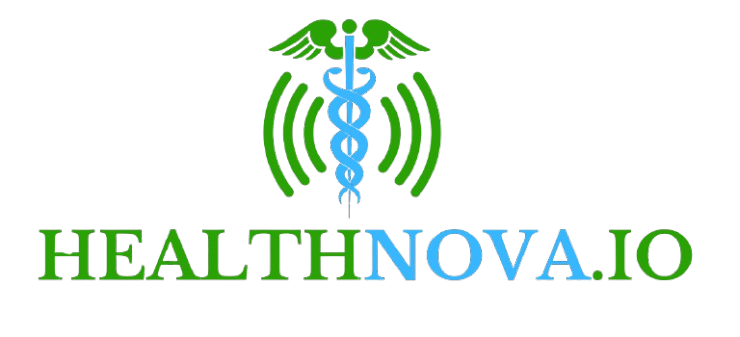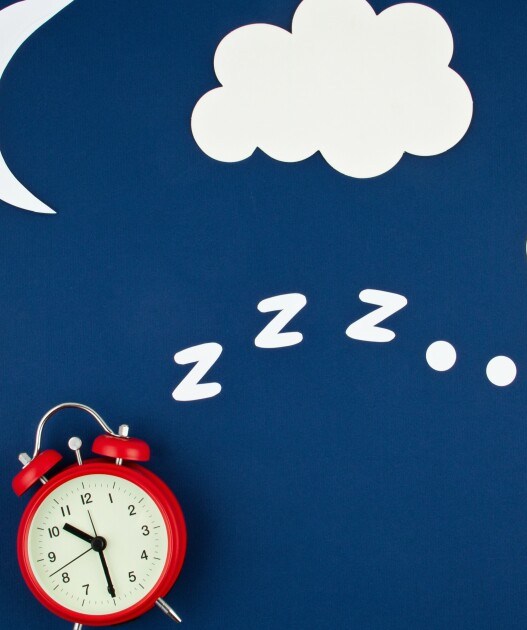Steve’s morning is still lying in the magnet of the MRI machine, slowly scanning his body from the neck to the knee.
Then, followed by other MRI scanners, the X -rays of the bones, the ultrasound, the blood and other samples, the medical examination and the questionnaire for 5 hours.
Tests on patient patience -only Steve is perfectly healthy.
He is a volunteer of the British BIOBANK project and has given up on time to help completing the world’s largest medical video data set.
His motivation: His data can be helpful where he can’t do it.
“Especially my mom is suffering from the initial stage of dementia and a close friend has cancer.”
“Giving up my time now will help medical research in the future.”
Even more noteworthy is that Steve is a 100,000 volunteer who is willing to go through the process.
Each of them can be permanently used for medical researchers from all over the world with a carefully anonymized image (why we only use the name of Steve) and biological samples, medical and lifestyle history.
“The unprecedented scale of this imaging project,” said Lori Collins, chief executive of Biobank, said, “The unprecedented scale of this imaging project allows scientists to see a disease pattern that cannot be seen in any other way, more than 10 times larger than before.”
“With all the genes and lifestyle information of volunteers and other parts of the body, scientists understand the way our body works much better.”
Given the time and complexity of systemic imaging, many scientists believe that it will never work.
“When we started, some people thought that our numbers were wrong when we started.”
“Obviously we wanted to scan 10,000 participants, not 100,000. But here.”
The UK BIOBANK was already a strong resource for medical research.
Since 2003, 500,000 people from the United Kingdom to 40 and 69 have been aiming to follow each of them as they are older.
For a long time, more than 20,000 researchers have been the most comprehensive biological data resources in the world, which are used in more than 60 countries, providing new insights from Alzheimer’s and heart disease to long cobids and cancer.
Add one -fifth of imaging data from the participant can be more useful.
“A lot of general diseases of late life, heart disease, dementia, cancer, and Parkinson’s disease can take years before you have symptoms.”
“What these scans can do is to identify a warning flag. Very early in the disease process. “
Seeing these changes in the early stages of scan and being associated with the fundamental biology and lifestyle history of many people can refer to new treatments or new objects for existing treatment, which can extend a healthy life.
During the 10 years since the start of the imaging of the research, the researchers have already published 1,300 studies based on new data.
NHS Memory clinic uses the technology developed in the research to better diagnose dementia in MRI images.
an AI The tools developed using the Heart’s Biobank image took 15 minutes to analyze the heart scan within 1 second of more than 90 countries and process them before.
In addition, the development of AI is expected to create much more more than the overwhelming 30 petabytes of data contained in the BIOBANK database and imaging program.
See in detail in Sky News:
Sleeping problems related to dementia
AI can detect more than 1,000 diseases.
White wine can reduce the risk of heart
Louise Thomas, an ambassador professor at the University of Westminster, said, “When we manually analyze this data, it will take a day to measure how fat someone is.
“We predicted that we needed thousands of years of manual analysis. Now we can analyze everything in a few seconds about how to train the AI model using a small amount of manual analysis.”
Although the AI analysis is not perfect, the Thomas team has already helped to identify the type of patients with the risk of heart aneurysms, revealing that the Thomas team has a healthy level of health in the liver in the relationship between the increase in the risk of heart aneurysms, the muscle, age -related muscle loss and the fall risk, and the risk of falls in the UK.
As the size and value of data sets such as the UK Biobank increases, there is a question of how non -profit public access projects protect the types of individuals and companies that can obtain data and profits from volunteers.
Professor Allen has been consistently considering the security of anonymized data, and the approved researchers have been carefully reviewed to ensure the person he speaks and conduct health research on the public interest.
The next step of the imaging project is already in progress, and later scans 60,000 of the 100,000 participants who have already imaged, providing new insights to hidden changes as our bodies are old.





















































